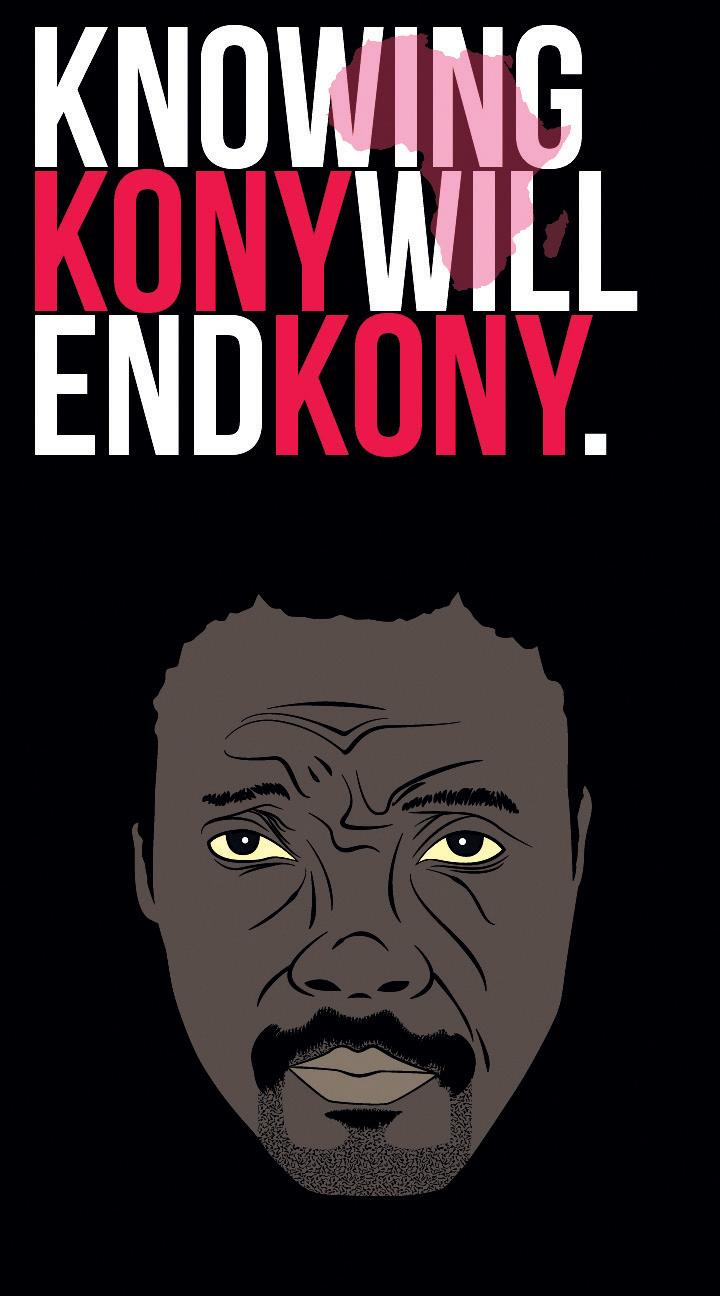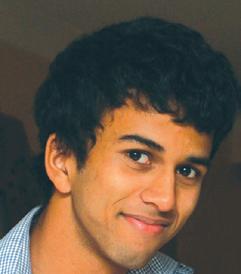
4 minute read
The power of one
from 2012-03 Sydney (2)
by Indian Link
BY RITAM MITRA

In the past few weeks, the power of social media has been called into action in such a way that, by the time this piece goes to print, the story may have yet changed significantly. If that eventuates, it will further highlight the case in point, and certainly reflect the fundamental keystone of the campaign itself – that the world has now evolved to a state where it can be shaped by those without power, perhaps the first time in history that this situation has presented itself. As a result of their campaign, almost everyone has heard of the Invisible Children organisation and their quest to “Stop Kony”.
The purpose of this piece is by no means to further hype up the Kony phenomenon itself. Indeed, enough has been written and said on the topic in the past couple of weeks and everyone has formed their own opinion. The campaign began years ago, but the storm that has taken over the planet in the past fortnight began with a half-hour documentary titled Kony 2012, that tapped into the power of viral media with the specific purpose of reaching a global audience. Within days, the movie had reached over 50 million views on YouTube alone, along with another dozen or so million on the video streaming site Vimeo. The power of social media networking sites such as Twitter and Facebook was fundamental to this veritable tsunami of sharing.
The video was filmed by Jason Russell of Invisible Children, a human rights advocacy organisation which focuses specifically on the plight of underprivileged children in Africa. According to the group, their story began in 2003, when a group of young filmmakers travelled to Africa on a film-making adventure. They happened to stumble upon Africa’s longestrunning war – the Ugandan military and their struggle against Joseph Kony’s Lord’s Resistance Army (LRA), the infamous rebel group, which over a period of 30 years, has snatched thousands of children away from their families and forced them to wield weapons or become sex slaves.
Kony is number one on the International Criminal Court’s list of most wanted criminals; as a rough guide to where that places him, former Libyan dictator Muammar Gaddafi, who recently met his demise, was not even in the top 20 on this list. The film focuses on the need to make people aware of Kony, and in Russell’s own words: “Make Kony famous – not to celebrate him, but to raise support for his arrest and set a precedent for international justice”. With a host of celebrities, politicians and experts in support of his mission, 2012, Russell insists, is the year in which Kony must be captured.
Russell is clearly a talented filmmaker – indeed, it is no mean feat to make what has been quite easily the most viral video in history. The achievement is even more astonishing given the length of the video; popular videos never tend to be more than 3 minutes long, and indeed part of their popularity is partially due to the fact that they do provide such immediate and accessible entertainment. Kony 2012, at 29 minutes, is, if nothing else, a remarkable feat in firstly, appreciating how the world today works, and then manipulating an idea in such a way so as to bring it to the world.
However questions have been raised, as they will continue to be, over the legitimacy of the Invisible Children campaign. Concerns include the fact that only 31% of donations are going directly to the programmes in place in Africa, as well as the fact that Kony’s reign of terror has shifted towards the Central African Republic, hiding in dense jungle, and that his army has dwindled to the point where it is almost not worth such a great investment in both resources and time. The situation, critics argue, has changed so much since the campaign began in 2003, that the video is akin to misleading information.
Without knowing it though, critics have themselves helped perpetuate the hype (as is often the case). The difference between this and any other instances of critics poking the fire is that the primary and fundamental aim of Invisible Children was to get people talking about Kony – and it is hard to believe that they would have anticipated the extent to which they achieved this. Yes, money is a factor – as it always is. And there may be yet problems with the group’s financials – they have been given only 2/4 stars by charity monitor Charity Navigator due to issues with accountability and transparency.
The majority of people who have watched the video will concede they are no experts on social activism and charity programs, let alone on the nuances of a long running war in the most dangerous region of the world. But it is in this where the power of social media resides – in the 15-24 age bracket, many would have previously had no idea about Joseph Kony, given their age at the height of his atrocities over a decade ago. And it is this demographic which has been the target of the campaign – in other words, through ingenious filmography (a sentiment which even critics agree with) and unrivalled marketing, Invisible Children has given the world but a glimpse of the power of ambition. Each and every person has the right to believe what they wish to regarding Invisible Children and the feasibility of their campaign to stop the world’s most wanted war criminal. Millions and millions of dollars have been committed to the programme purely through donations. Entrepreneurs will be keeping a very close watch over proceedings in the hope of applying the same techniques to their own goals. Unquestionable, though, is that the future generation of policy-makers, the young adults who have been fundamental in the Stop Kony uprising, now know the power of the individual – and how this, and future such campaigns shape the world in the years ahead will be well worth being a part of.
This is where the power of social media resides: in the 15-24 age bracket, many would have previously had no idea about Joseph Kony, given their age at the height of his atrocities over a decade ago.
Entrepreneurs will be keeping a very close watch over proceedings in the hope of applying the same techniques to their own goals.
Contact Details:

Amrit P Jagota (MARN 0532014)
Mobile Contact Number 0414 338 423
Manvinder K Josan (MARN 0962796)
Mobile Contact Number 0410 719 375
Suite 4, Level 1, Murray Arcade 127-133 Burwood Road, Burwood NSW 2134
Phone: (02) 9747 6071 Fax (02) 9747 4031









